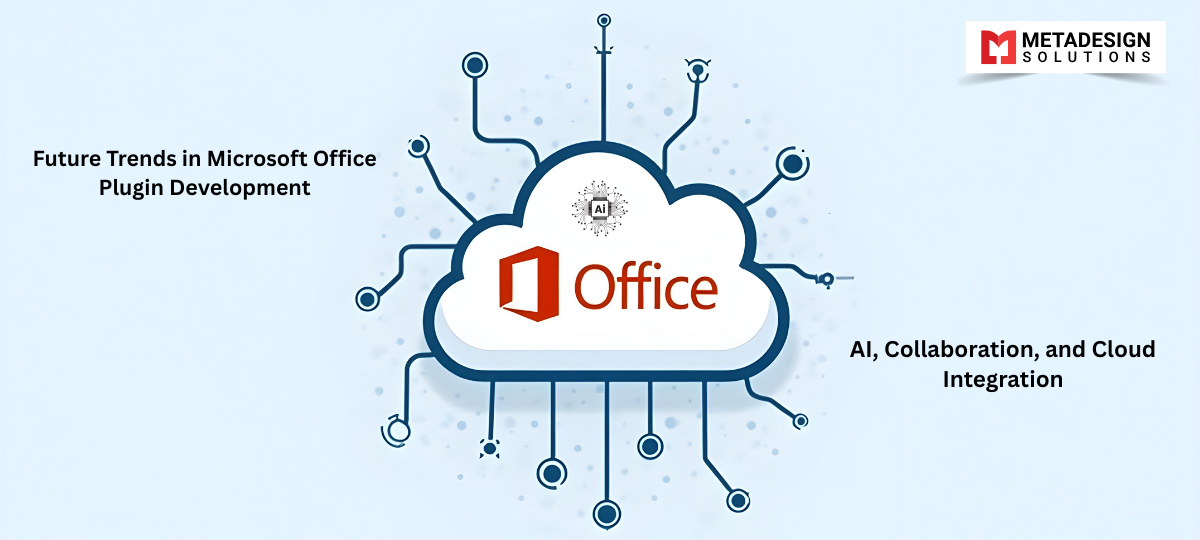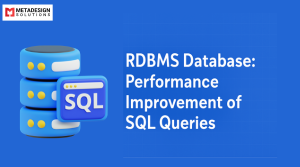Introduction
Microsoft Office plugins have become indispensable tools for enhancing productivity and streamlining workflows. With the growing demand for personalized and efficient solutions, developers are increasingly incorporating advanced technologies like Artificial Intelligence (AI), enhanced collaboration features, and cloud integration into their plugins. These trends are not only redefining user experiences but also paving the way for innovative applications within the Office ecosystem.
Overview of Microsoft Office Plugin Development
Microsoft Office plugins (or add-ins) extend the functionality of Office applications like Word, Excel, Outlook, and PowerPoint. By leveraging tools such as the Office JavaScript APIs, developers can create powerful, cross-platform solutions. Over the years, plugin development has evolved to incorporate modern web technologies, making it easier to build intuitive and scalable applications.
Key highlights of Office plugin development include:
- Cross-platform compatibility.
- Integration with other Microsoft services like Teams and SharePoint.
- Advanced functionalities enabled by the Office JavaScript APIs and Microsoft Graph.
Emerging Trends in Microsoft Office Plugin Development
AI Integration in Office Plugins
Artificial Intelligence is revolutionizing Microsoft Office plugins by enabling:
- Intelligent Automation: Plugins powered by AI can automate repetitive tasks, such as data entry, report generation, and formatting. For instance, an Excel add-in could analyze historical sales data to generate predictive models with minimal user input.
- Natural Language Processing (NLP): Tools like AI-driven grammar checkers and content assistants use NLP to improve writing and editing workflows. Imagine a Word plugin that provides real-time suggestions for enhancing clarity and engagement in documents.
- Data Insights: AI enables plugins to process large datasets and deliver actionable insights directly within Office apps. For example, an AI-powered Excel plugin could identify anomalies in financial transactions or optimize resource allocation.
- Voice and Image Recognition: Office plugins are leveraging AI for advanced inputs, such as dictation tools or optical character recognition (OCR). These features enhance accessibility and simplify user interactions.
Planning Your Next Office Plugin?
Book a session to explore AI, cloud, and collaboration-first development strategies.
Enhanced Collaboration Features
Modern workplaces demand seamless collaboration, and Office plugins are stepping up to meet these needs:
- Real-Time Co-Authoring: Plugins that integrate with collaboration platforms like Microsoft Teams allow multiple users to work on the same document simultaneously.
- Task Management and Integration: Tools that integrate with task management solutions like Planner or Trello are gaining popularity. For example, an Outlook add-in that syncs meeting notes with project boards can enhance team productivity.
- Workflow Automation: Plugins that connect Office apps with workflow tools like Power Automate enable users to create efficient pipelines. For instance, emails flagged in Outlook could automatically trigger a task creation in Teams.
Cloud-Integrated Plugins
Cloud integration is central to modern Office plugins, enabling:
- Anywhere Access: Cloud-connected plugins ensure that users can access their tools and data from any device.
- Scalability: Developers can use cloud platforms like Azure to deliver scalable solutions that handle increasing data volumes and user demands.
- Data Synchronization: Plugins leveraging cloud storage ensure real-time synchronization of data across devices, enhancing user experience and reducing redundancy.
- Enhanced Security: With features like Azure Active Directory authentication, cloud-integrated plugins provide robust security and compliance options.
Benefits of Leveraging These Trends
By embracing AI, collaboration, and cloud integration, businesses and developers can:
- Boost Productivity: Automating tasks and improving workflows save time and effort.
- Enhance User Experience: AI-driven insights and cloud connectivity deliver smoother interactions.
- Stay Competitive: Leveraging cutting-edge technologies ensures relevance in a rapidly evolving market.
- Expand Functionality: Plugins with advanced features cater to diverse user needs.
Challenges and Considerations
While these trends present immense opportunities, they also come with challenges:
- Technical Complexity: Integrating AI models or ensuring seamless collaboration can require significant expertise.
- Data Privacy and Security: Cloud-based plugins must adhere to stringent security and compliance standards.
- Performance Optimization: Ensuring that plugins perform efficiently across platforms and devices can be a daunting task.
- User Adoption: Educating users about the value of advanced features is essential for widespread adoption.
Technologies Driving These Trends
Several technologies are instrumental in shaping the future of Microsoft Office plugins:
- Microsoft Graph API: Provides access to rich data across Microsoft services.
- AI Frameworks: Tools like TensorFlow, PyTorch, and Microsoft’s Azure AI services enable developers to embed intelligent features.
- Cloud Platforms: Azure provides robust infrastructure for building and deploying scalable plugins.
- JavaScript Frameworks: Modern frameworks like React and Angular allow developers to create dynamic and interactive UIs.
Building Future-Ready Office Plugins: Best Practices
- Adopt a User-Centric Approach: Understand user pain points and design solutions that address their needs effectively.
- Leverage Microsoft Ecosystem: Integrate with other Microsoft services like Teams, SharePoint, and Power BI for enhanced functionality.
- Focus on Security: Implement robust security measures, including encryption, secure authentication, and data protection policies.
- Ensure Scalability: Use cloud infrastructure to handle growing user bases and data volumes efficiently.
- Stay Updated: Keep track of Microsoft’s updates and emerging technologies to stay ahead of the curve.
Conclusion
The future of Microsoft Office plugin development lies in harnessing the power of AI, fostering collaboration, and integrating seamlessly with the cloud. By staying abreast of these trends, developers can create innovative tools that empower users, transform workflows, and drive productivity.
At MetaDesign Solutions, we specialize in crafting custom Office plugins development that align with these future trends. Contact us at sales@metadesignsolutions.com to bring your vision to life and stay ahead in the rapidly evolving digital landscape.
Related Keyphrase:
#MicrosoftOffice #OfficePlugins #PluginDevelopment #AIFuture #CloudIntegration #CollaborationTools #Office365 #MicrosoftDevelopment #ProductivityTools #AIIntegration #TechInnovation #MSOfficePlugins #SoftwareDevelopment #CodingForOffice #FutureOfWork #AIForBusiness #OfficeAutomation #TechTrends #BusinessTechnology #CloudTechnology #CollaborationInnovation #DigitalWorkplace #PluginEngineering #OfficeTools #OfficeDevCommunity



